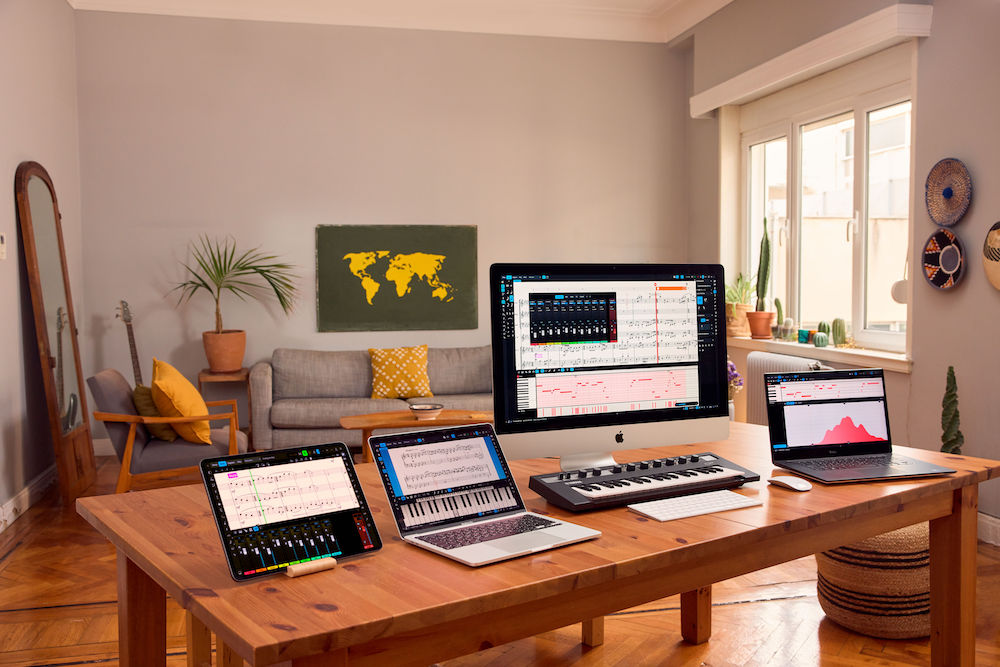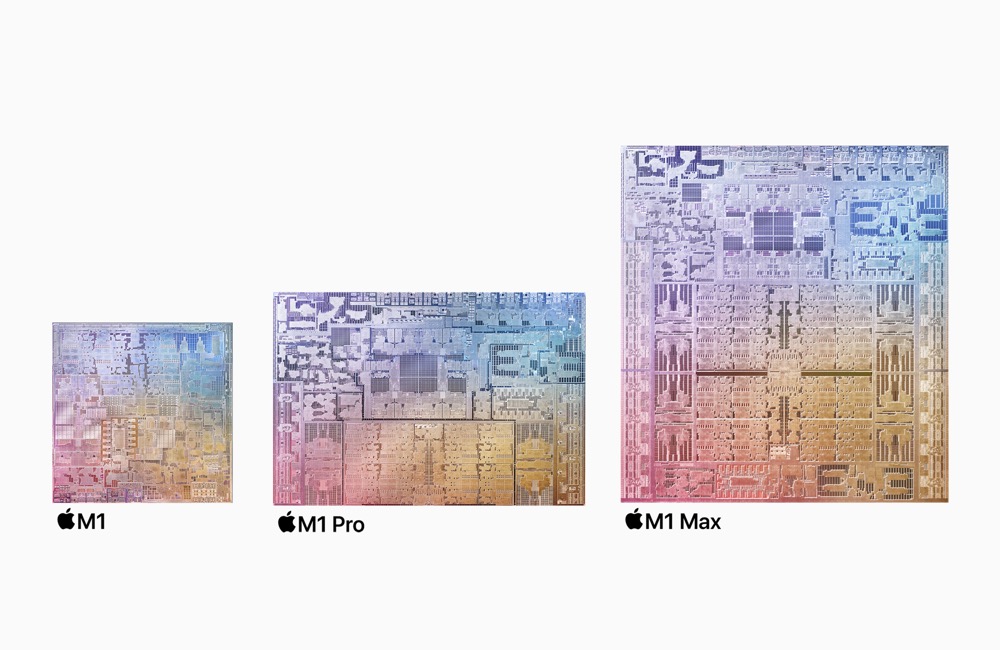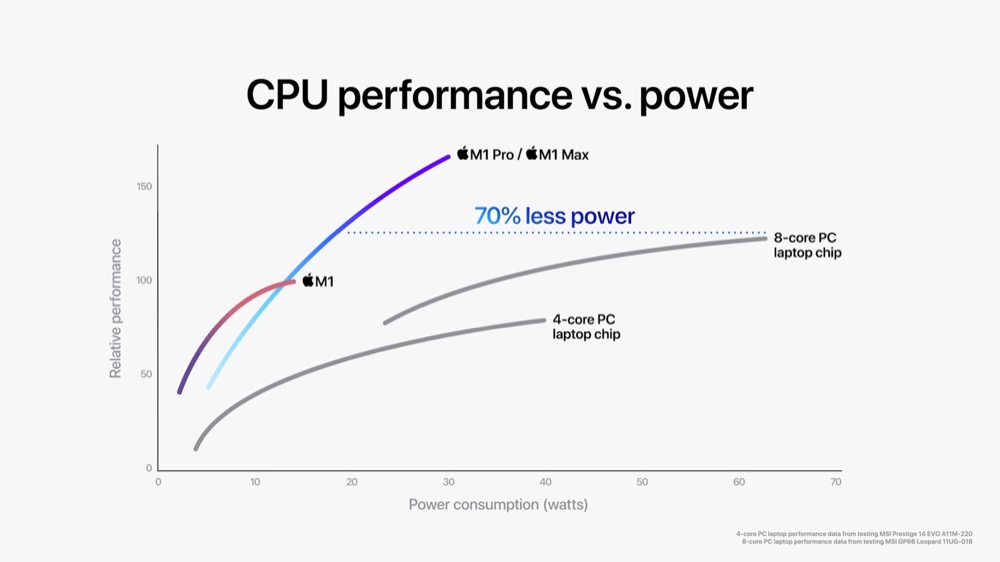Apple Silicon gives Mac product designers freedom to dream

Steinberg says Apple Silicon is twice as fast as Intel with its Dorico Pro software
What’s a computer manufacturer to do once it has invented an exceedingly powerful processor family capable of delivering excellent computational performance on very low power and at low temperatures?
Why, put the chip inside until now impossible new computer configurations, of course. And this appears to be what Apple is thinking about, if a couple of recent revelations have any substance to them at all.
The Mac that isn’t a Mac
The Mac mini is a fantastic machine. Because it uses a display, keyboard and mouse provided by its owner, it’s also an easy to upgrade as its costs less than other Macs, and you don’t need to invest in a new display. But you do need a keyboard, so, what if the Mac was also the keyboard? Then all you’d need to provide is the mouse and display.
That’s what an Apple recent patent filing for a computer inside a keyboard suggests Apple is working on.
It’s for a Magic Keyboard-like device that connects with any display. You could just grab it and your mouse and sit anywhere with a compatible display for the same computer experience, but it also makes for an elegant computing experience. It’s a desktop class computer you can carry around like a notebook that seems to draw power and drive the monitor using a single port, likely USB-C.
Patently Apple tells us the patent (originally numbered 63067783) was filed in August 2020, put published by the US Patent Office Feb 2022 as 20220057845 . It is interesting to note Patently Apple claims the named inventors of the patent include a Principal Architect of Macs and a 16-year senior manager of Product Design.
[Also read: Apple is ‘the Beatles of all brands’, says Prophet]
It is also worth considering how a system of this kind will need to be able to deliver desktop class performance for extremely low power at a very safe heat.

Three chips together: M1, M1 Pro, M1 Max
Is that a Mac in your pocket?
Imagine a Mac that folds up to slide inside your pocket? Apple’s next product rumor doesn’t precisely promise that but shows how the company is moving in that direction. What we have is a claim that Apple is working on a device with a 20-inch foldable display, what the speculation author describes as an iPad/MacBook hybrid.
These claims were previously made by Display Supply Chain Consultants CEO, Ross Young, who first speculated on a folding device of this kind.
He described this as:
“A true dual use product, a notebook with a full-size keyboard when folded and for use as a monitor when not folded and used with an external keyboard. It may also allow for UHD/4K resolution or even higher at that size. The time frame is likely 2025 or later though.”
The product can be used as an iPad in one folding stance, or as a Mac if folded in a different way. Magical? Lenovo shipped its first foldable device the ThinkPad Fold X1 in 2021, but this system was thick and ran Windows 10.
Now, other than being Windows, rather than macOS, plenty of people are happy to run Windows 10, but the OS was and is not optimized for the Fold X1’s design. It’s also pretty difficult for Lenovo to shave millimeters from the thickness of the device, given the need to host a PC processor as these aren’t yet capable of matching Apple Silicon in terms of performance against heat.

Dreams unleashed by Apple Silicon
And that last point – that the thickness of the device is defined by the needs of the processor driving the system – is critical, and is now where Apple has a huge advantage in contrast to most other available chips.
Not only is the company able to manufacture its low power, low energy, high performance chips in quantity and affordably, but it doesn’t need to pay the additional license fees third parties must otherwise cough up to pop chips from other makers inside of their devices.
In addition to which, Apple’s engineers have already figured out how to scale the chips they make across multiple form factors, from wearable devices, to smartphones, tablets, and Macs, and have a solid road map moving forward.
What this means is Apple has a chip that it can put inside increasingly thin devices. As the company moves to adopt 3nm processors, it will be able to create even slimmer systems and will be able to pack them with performance and low power demands.
And it’s that development in processors that makes new form factors as described in both these product rumors possible.
Rumors aren’t reality, but new possibilities exist
Sure, Apple may never ship either product, but as the Fold X1 shows, the need for slimmer chips gives it the opportunity to do so – or to identify other iterations of computer design that may help redefine an industry that will become increasingly characterized by computers that get out the way, are always-on, and increasingly bring intelligence to the edge, rather than the cloud.
In other words, Apple’s new family of processors has set its hardware designers free to dream of new computer designs that were never possible before. History shows how that usually goes. Hello, iMac.
Please follow me on Twitter, or join me in the AppleHolic’s bar & grill and Apple Discussions groups on MeWe.




